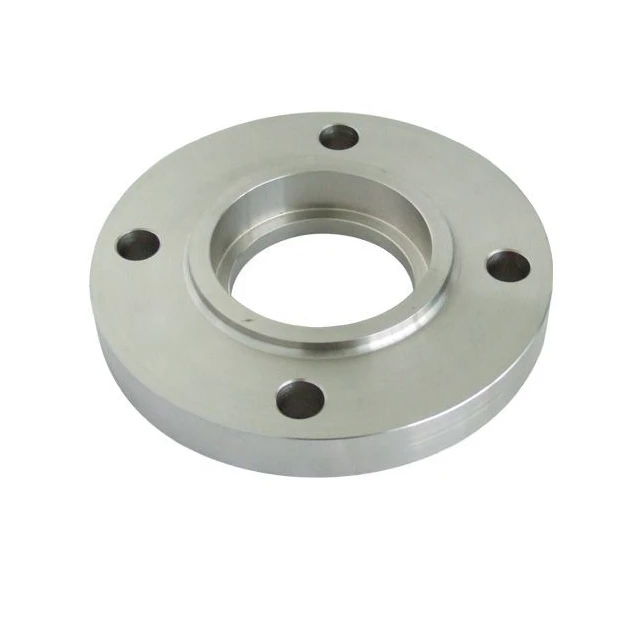-
Cangzhou Yulong Steel Co., Ltd.
-
Phone:
+86 13303177267 -
Email:
admin@ylsteelfittings.com
- English
- Arabic
- Italian
- Spanish
- Portuguese
- German
- kazakh
- Persian
- Greek
- French
- Russian
- Polish
- Thai
- Indonesian
- Vietnamese
- Zulu
- Korean
- Uzbek
- Hindi
- Serbian
- Malay
- Ukrainian
- Gujarati
- Haitian Creole
- hausa
- hawaiian
- Hebrew
- Miao
- Hungarian
- Icelandic
- igbo
- irish
- Japanese
- Javanese
- Kannada
- Khmer
- Rwandese
- Afrikaans
- Albanian
- Amharic
- Armenian
- Azerbaijani
- Basque
- Belarusian
- Bengali
- Bosnian
- Bulgarian
- Catalan
- Cebuano
- China
- China (Taiwan)
- Corsican
- Croatian
- Czech
- Danish
- Esperanto
- Estonian
- Finnish
- Frisian
- Galician
- Georgian
- Kurdish
- Kyrgyz
- Lao
- Latin
- Latvian
- Lithuanian
- Luxembourgish
- Macedonian
- Malgashi
- Malayalam
- Maltese
- Maori
- Marathi
- Mongolian
- Myanmar
- Nepali
- Norwegian
- Norwegian
- Occitan
- Pashto
- Dutch
- Punjabi
- Romanian
- Samoan
- Scottish Gaelic
- Sesotho
- Shona
- Sindhi
- Sinhala
- Slovak
- Slovenian
- Somali
- Sundanese
- Swahili
- Swedish
- Tagalog
- Tajik
- Tamil
- Tatar
- Telugu
- Turkish
- Turkmen
- Urdu
- Uighur
- Welsh
- Bantu
- Yiddish
- Yoruba

Dec . 31, 2024 13:14 Back to list
flange slip on ansi 150
Understanding Flange Slip-On ANSI 150 A Comprehensive Overview
Flanges are crucial components in piping systems, used to connect pipes, valves, pumps, and other equipment. Among the various types of flanges available, the slip-on flange, particularly those conforming to ANSI (American National Standards Institute) classifications, plays an important role in industrial applications. The ANSI 150 slip-on flange is specifically designed to accommodate lower pressure applications, making it a popular choice in various industries such as oil and gas, water supply, and chemical processing.
What is a Slip-On Flange?
A slip-on flange is a type of flange that is designed to slip over the end of a pipe. This design allows for easy alignment and is typically welded both inside and outside for a secure seal. The main advantage of using a slip-on flange is its straightforward installation process. Since the flange can be positioned on the pipe before welding, it simplifies the alignment of connections, making it a preferred choice for many engineers and fabricators.
ANSI 150 Designation
The ANSI classification comprises several standard pressure ratings. ANSI 150 refers to a flanged connection that is rated for a maximum pressure of 150 psi at a temperature of 100°F. This standard is relatively common and is specified in various materials, accommodating diverse liquid and gas applications. Understanding the ANSI 150 notation is crucial for ensuring compatibility and safety in piping systems.
Material Considerations
Slip-on flanges are available in a variety of materials, including carbon steel, stainless steel, and alloy steel, chosen based on the application's operational environment. Carbon steel flanges are typically used for lower temperature environments, while stainless steel flanges are preferred in corrosive environments due to their resistance to oxidation and corrosion.
Installation and Maintenance
flange slip on ansi 150

When installing ANSI 150 slip-on flanges, proper handling and welding techniques are paramount for ensuring long-term reliability. The surfaces of the flange and pipe must be clean and free from contaminants before welding. It is also important to ensure that the alignment is precise, as misalignment can lead to leaks and mechanical failure.
Routine inspections play a critical role in maintenance. Regular checks for signs of wear, corrosion, or welding defects can prevent potential failures in the piping system. Proper upkeep of the flange connections not only enhances the lifespan of the piping system but also ensures operational efficiency.
Advantages of Slip-On Flanges
1. Ease of Installation As mentioned earlier, slip-on flanges offer straightforward installation, requiring minimal preparation and alignment. 2. Cost-Effectiveness They are generally less expensive than other types of flanges, such as weld neck flanges, making them a budget-friendly option for many engineers. 3. Versatility Slip-on flanges can be used in various applications due to their adaptability to different pipe and temperature specifications.
Disadvantages and Precautions
Despite their advantages, there are some limitations associated with slip-on flanges. They are not suitable for high-pressure applications beyond their rated capacity, and improper welding can lead to failure. Engineers must therefore carefully consider the operating conditions and ensure compliance with relevant codes and standards when selecting ANSI 150 slip-on flanges.
Conclusion
The ANSI 150 slip-on flange is a vital component in many industrial piping systems, combining ease of use, cost-efficiency, and versatility. By understanding their specifications and operational contexts, engineers can make informed decisions that ensure safe and efficient piping connections. It is essential to prioritize proper installation and maintenance practices to maximize the benefits these flanges offer. In a world increasingly reliant on efficient fluid transportation, the importance of appropriately selected and installed flanges cannot be overstated.
Latest news
-
ANSI 150P SS304 SO FLANGE
NewsFeb.14,2025
-
ASTM A333GR6 STEEL PIPE
NewsJan.20,2025
-
ANSI B16.5 WELDING NECK FLANGE
NewsJan.15,2026
-
ANSI B16.5 SLIP-ON FLANGE
NewsApr.19,2024
-
SABS 1123 FLANGE
NewsJan.15,2025
-
DIN86044 PLATE FLANGE
NewsApr.19,2024
-
DIN2527 BLIND FLANGE
NewsApr.12,2024
-
JIS B2311 Butt-Welding Fittings LR/SR 45°/90° /180°Seamless/Weld
NewsApr.23,2024











